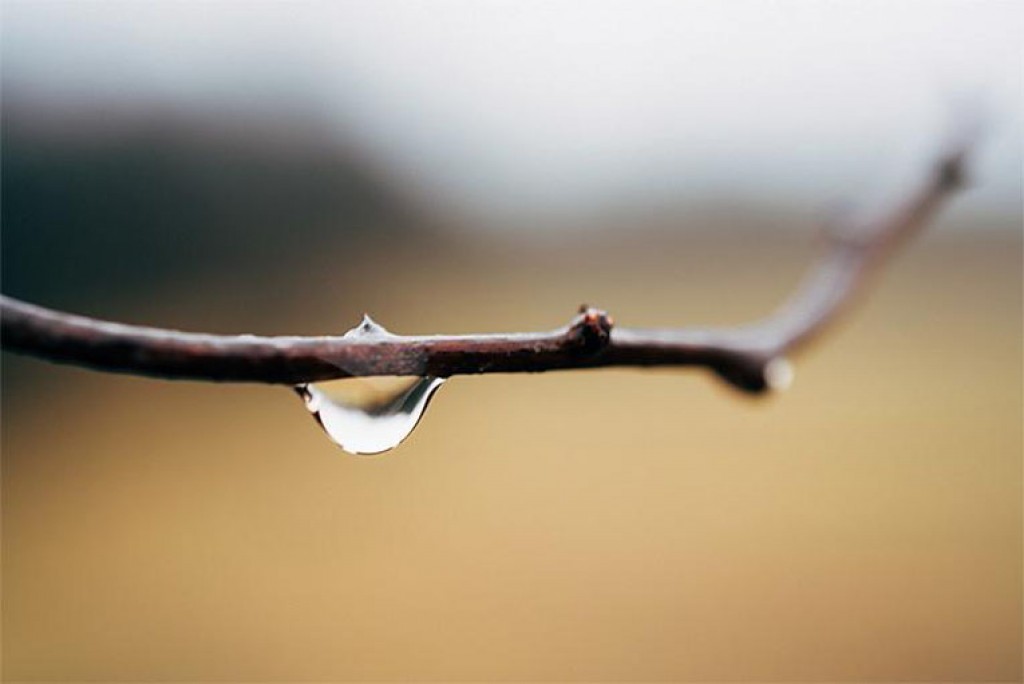
PROS
- Excellent edge to edge sharpness.
- Minimal distortion.
- 1:1 magnification.
- Weather-sealed design.
- Focus limiter function.
CONS
- Slow autofocus.
- Omits optical stabilization.
- Short working distance.
BOTTOM LINE
- The Sony FE 50mm F2.8 Macro is a compact, sharp macro lens, but its autofocus motor is on the slow side.
Design
The FE 50mm F2.8 Macro$448.00 at Amazon is pretty compact lens. It measures in at 2.8 by 2.8 inches (HD) and weighs 8.3 ounces. The front element accepts 55mm filters, and the glass itself is recessed to the point where a lens hood isn’t necessary. It’s not far off in size from the FE 55mm$898.00 at Amazon (2.8 by 2.5 inches, 11.2 ounces), and much smaller and lighter than the FE 50mm F1.4 (4.3 by 3.3 inches, 1.7 pounds).

The squat optic is finished in black. It’s sealed for protection from dust and moisture, just like full-frame Sony mirrorless camera bodies, and its manual focus ring is metal with a knurled texture. The inner portion of the barrel, which houses the optics, extends as you focus closer to the minimum 6.3-inch distance.
A distance scale is printed on top of the barrel, so you can see if you’re shooting at 1:4, 1:3, 1:2, or 1:1 life-size magnification. Because of the extension, focus is on the loud side, and rather slow. You can speed things up by setting a limit over which the focus system will hunt using the physical Focus Limiter switch; it has settings for 0.16- to 0.3-meter, 0.3 to infinity, or for the Full focus range. There’s also a Focus Hold button the barrel, which can pause autofocus at any time.

Another Sony macro, the FE 90mm F2.8 Macro G OSS$1,099.99 at Dell, also has a focus limiter switch, but locks onto targets faster than the FE 50mm. The 90mm supports 1:1 life-size magnification as well, but its tighter field of view means you won’t have to get the lens quite as close to your subject in order to achieve it. That’s a big plus, as you do have to worry about casting a shadow with the FE 50mm when placing it close enough to a subject for life-size projection onto the image sensor.
The 90mm also boasts optical stabilization. The FE 50mm doesn’t include that feature, which can be a concern if you’re using it with a first-generation Alpha 7$999.99 at Crutchfield model or an APS-C Sony camera without in-body stabilization. But the Alpha 7 II$1,498.00 at Amazon family sports in-body stabilization, moving the image sensor to compensate for camera shake.

Image Quality
I tested the FE 50mm F2.8 Macro with the 42MP Alpha 7R II$2,479.00 at Beach Camera. At f/2.8 it’s very, very sharp. We want to see an image net 2,200 lines, averaged across the frame, at a minimum when shooting with a high-resolution camera. Imatest tells us that you’ll get a lot more detail than that out of the FE 50mm—it scores 3,895 lines—so you can crop freely and print big. More importantly, image quality at the edge of the frame is excellent (3,510 lines).
The lens gets a little sharper as you stop down—4,039 lines at f/4, 4,157 lines at f/5.6, and 4,324 lines at f/8. That gets just about as much detail as you can expect out of the Alpha 7R II’s sensor.

There’s a slight drop in detail at f/11 (4,178 lines) and f/16 (3,740 lines). You can’t stop down to f/22, which can be a concern for macro photographers, as very narrow apertures are required to get an extended depth of field when focusing close. The shot of the ring above was captured at f/8, which you don’t normally associate with a shallow depth of field, but even when shooting at that f-stop, I wasn’t able to get the entire piece in crisp focus. Serious macro photographers often employ focus stacking to expand the depth of field.
There’s no distortion to speak of, which is typical of a macro lens. Corner illumination is within about one f-stop (-1.1EV) at every aperture. That gives corners a slight vignette, but one that’s not overly distracting. You can use software to brighten them if you find the effect distracting.

Conclusions
The Sony FE 50mm F2.8 Macro is a solid, affordable option for full-frame Sony shooters that want a standard-angle prime. Like the cheaper FE 50mm F1.8 it is slow to focus, but enabling the limiter function can ameliorate that issue and the macro optics are much better than you get with the F1.8 prime.
If you’re a full-frame Sony shooter shopping for an all-purpose prime, the 50mm Macro is appealing. It’s very sharp, relatively inexpensive, and focuses quite close. It’s not our favorite, however. We’ve awarded Editors’ Choice marks to two brighter, pricier lenses—the $1,000 FE 55mm F1.8 and the $1,500 FE 50mm F1.4. Another strong option is the FE 35mm F2.8$698.00 at Amazon, a compact prime that captures a slightly wider angle and doesn’t carry quite a premium price.

Photographers that want a dedicated macro lens can also look at the FE 50mm as a solid, affordable option. Our Editors’ Choice in that segment is the FE 90mm F2.8, but it sells for $1,100.
The FE 50mm F2.8 isn’t quite as good as the FE 55mm F1.8 as a standard-angle prime, and it isn’t quite as good as the FE 90mm F2.8 as a dedicated macro, but buying those two lenses incurs about four times the cost of the FE 50mm F2.8 on its own. If you want to check off a few different boxes on your wish list with a single optic, give this lens a close look.
Sourse: pcmag.com









































